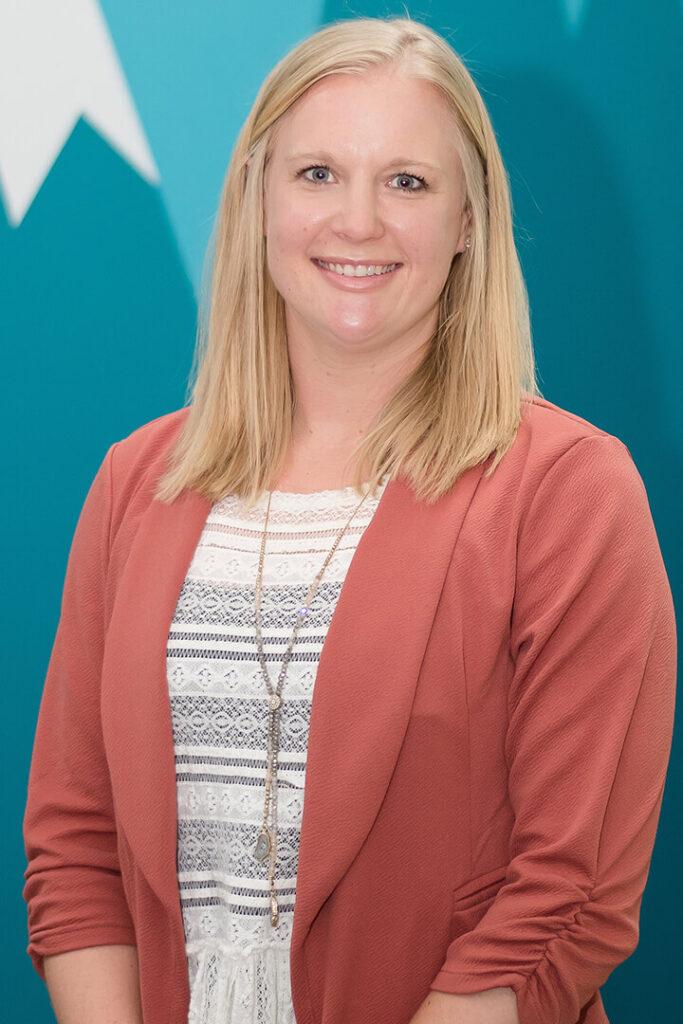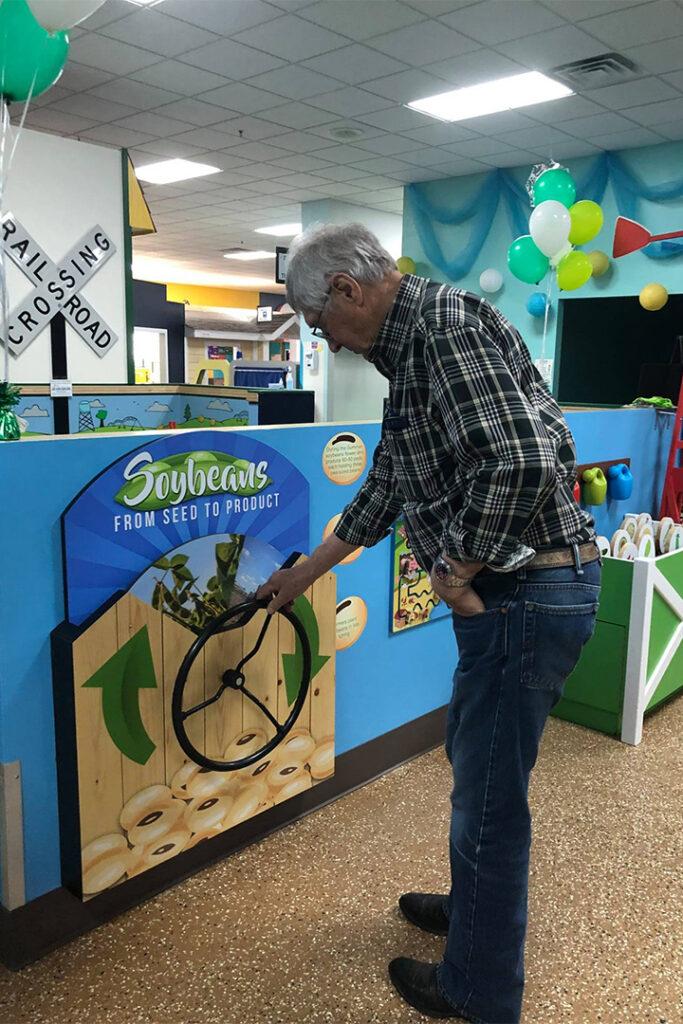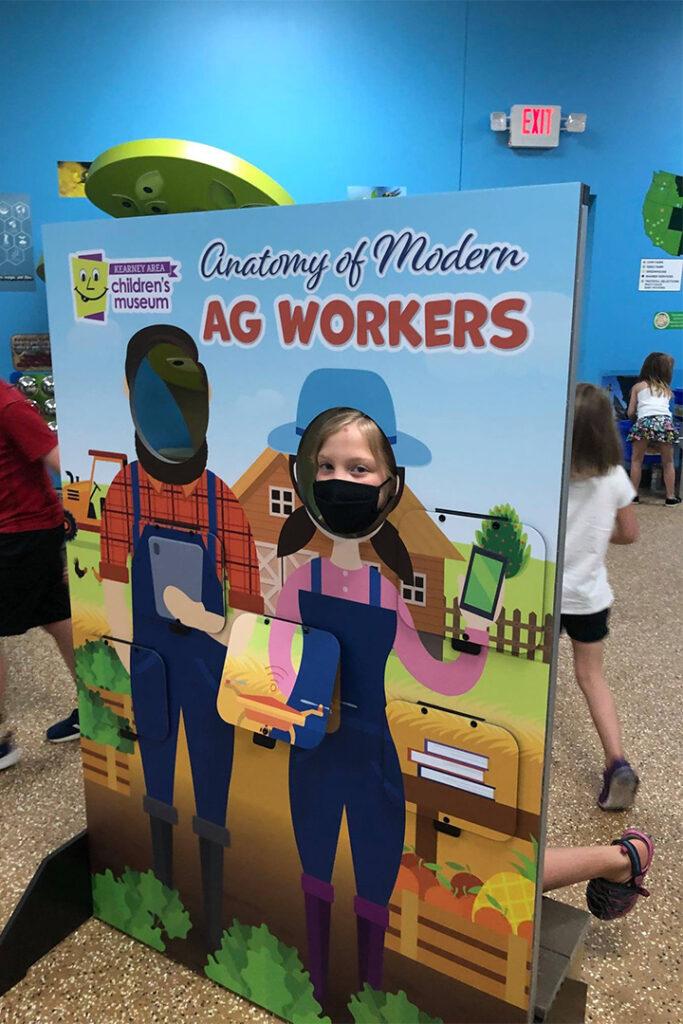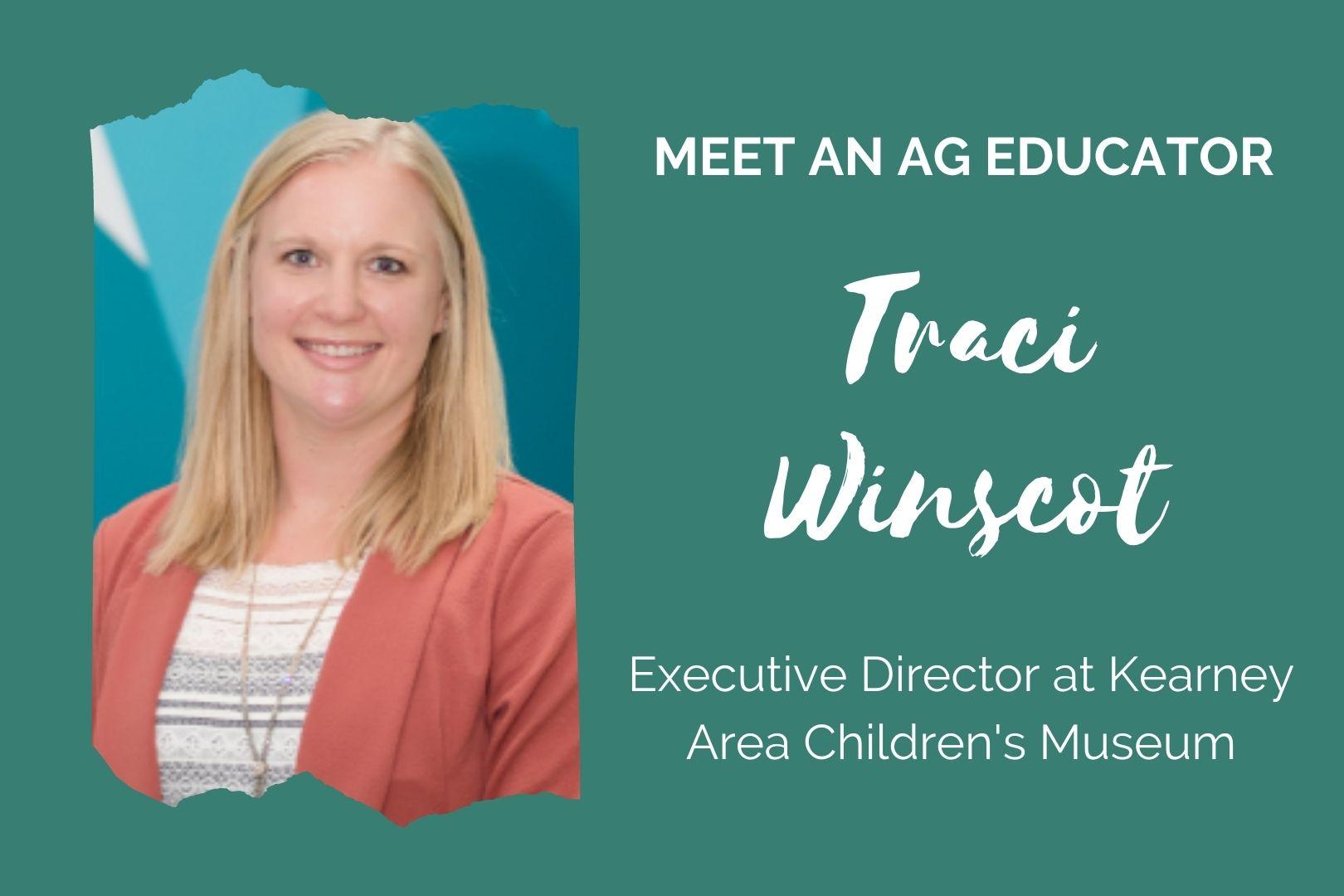
A kids’ museum might not sound like the place for a display about career options in the agriculture field. Kids’ museums are for playing, not thinking about jobs, right? Well, that’s true, but kids’ museums often highlight important local industries. And our clients at the Kearney Area Children’s Museum (KACM) in Nebraska are certainly in a prime spot for the agriculture industry.
When KACM decided to redo their farming exhibit, they wanted to include some brand-new displays. First, they chose our Soybean Life Cycle display to highlight a key Nebraska crop. Then, they asked us to make a kid-friendly version of the Modern Ag Worker standup to explain some things about modern ag.
Our contact at KACM, Traci Winscot, sat down to talk with us about the projects and how they tie into the museum’s mission. We also got to talk about how volleyball led her to her job at the museum. You might not think kids’ museums go with volleyball either, but just keep reading to find out the connection.
Exhibit Farm: So could you introduce us to the Kearney Area Children’s Museum? What is it, what are its goals, that sort of thing?
Traci Winscot: Sure. Our mission is to inspire play, exploration, and discovery through interactive experiences, and we do that through engaging children and families in innovative exhibits, special events, and educational programs. We’ve been around for thirty-two years. We have over 20-30 exhibits, and we try to update those as often as funding comes in and we can do that.
EF: What’s your role with the museum personally? What does your day-to-day work look like?
TW: I’m the Executive Director, so I feel like it’s a little bit of everything. Every day is so different. Just helping instill that mission, to be honest, and everything that leads up to that. [That could be] utilizing staff, educating them and training them and working with the other managers I have, grant-writing, a lot of little things. It’s always something.
EF: How does the agriculture exhibit tie into that overall mission of the museum?
TW: The ag exhibit highlights the impact that agriculture has on our community and beyond. And it educates children on where food comes from, and the occupations in agriculture. With the new renovations that we just completed, families can enjoy the interactive experience of teaching their children about agriculture.

And then again [farming] is important in Nebraska and our local communities; it is vital. It’s kind of a fun way to learn about what’s in your own backyard; we’re in the Midwest and have a lot of this stuff very [close to] home.
EF: So have you gotten to see kids interacting with the new exhibits since they opened?
TW: Yes, we’ve only been open a week with that, so it’s been a lot of fun. They’ve enjoyed playing with the areas. We have your Soybean Life Cycle and it’s fun to see that wheel they can turn and educate them about the soybeans and show the soybeans’ life cycle.
And then we customized your Modern Ag Worker into a cutout, so kids can stand behind there [to get a picture]. And they can learn about the education of today’s ag workers, the technology they use and the ways they can collect and use that data. It’s really fun for them to pull those [flip-up doors] up and see, “hey, what’s behind this drone?” or whatnot.

EF: Is there any particular reason you wanted to highlight career choices in your renovated ag exhibit?
TW: That was one thing that we’d written about in a grant, that we would have that. We also have another area, we’re waiting for Nebraska Farm Bureau Foundation to get us some more info on careers. But up in our treehouse, we have a mirror and we have different characters they could [dress up as]. All the careers in agriculture are in there, and it’s fun to have some examples [so] they can see that you don’t have to be a farmer to be in ag.
EF: So did you have much of a background in agriculture before you came to the museum? Or has it been something you’ve learned about on the job?
TW: Learned about on the job. I’m from a small town, and so my friends’ parents were farmers, but I didn’t grow up in that personally. So just have been learning a lot.
And you know, we charge admission for everyone twelve months and up, because everyone is learning here or experiencing it. So the grandparents, the parents, they all pay admission because they’re engaging and learning as well. That’s why it’s fun to make these exhibits good for all ages and something that all of us can learn about.
EF: For sure. So if you didn’t really have a background in ag, how did you wind up working at the museum, then?
TW: So I’ve been here for five and a half years, and I was playing on a volleyball team with one of the board members. I lived in a different town and we were moving here because of my husband’s job, and so she knew that we were moving here. She said, “You should just apply for this job,” and I was like, “I’ve never even been to a children’s museum,” but here we are. I really had no aspirations, I didn’t know about this industry to be honest, but it’s been pretty great.
